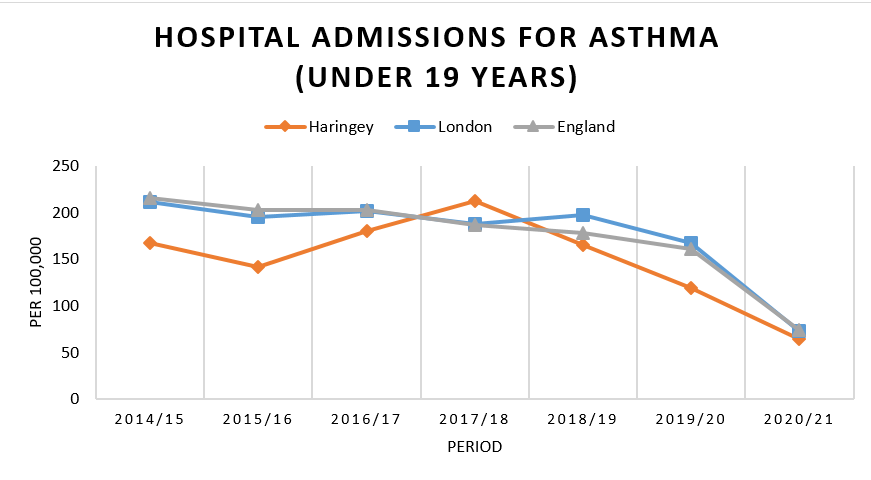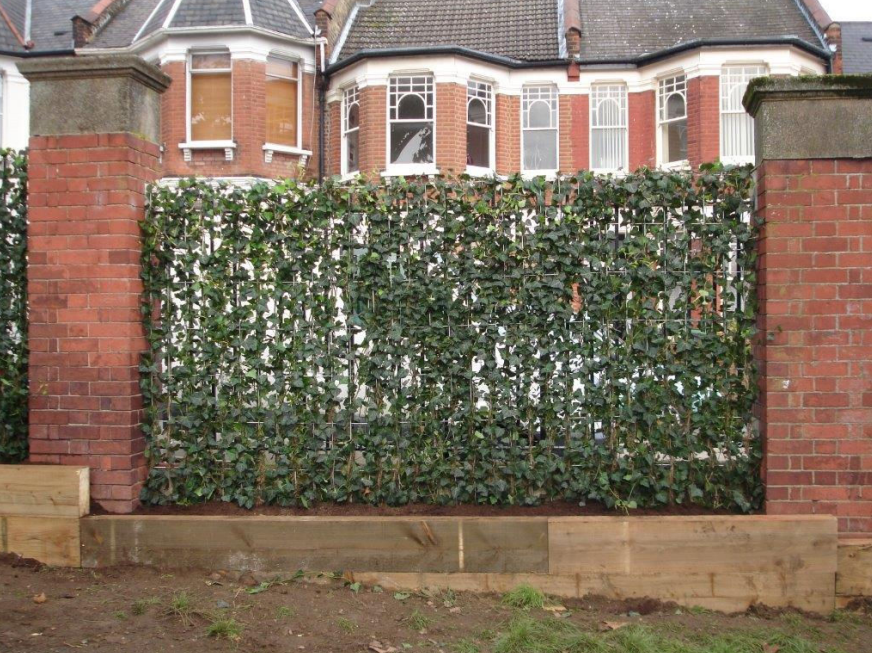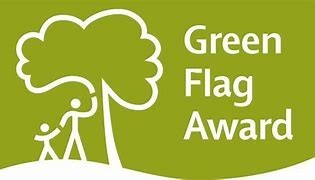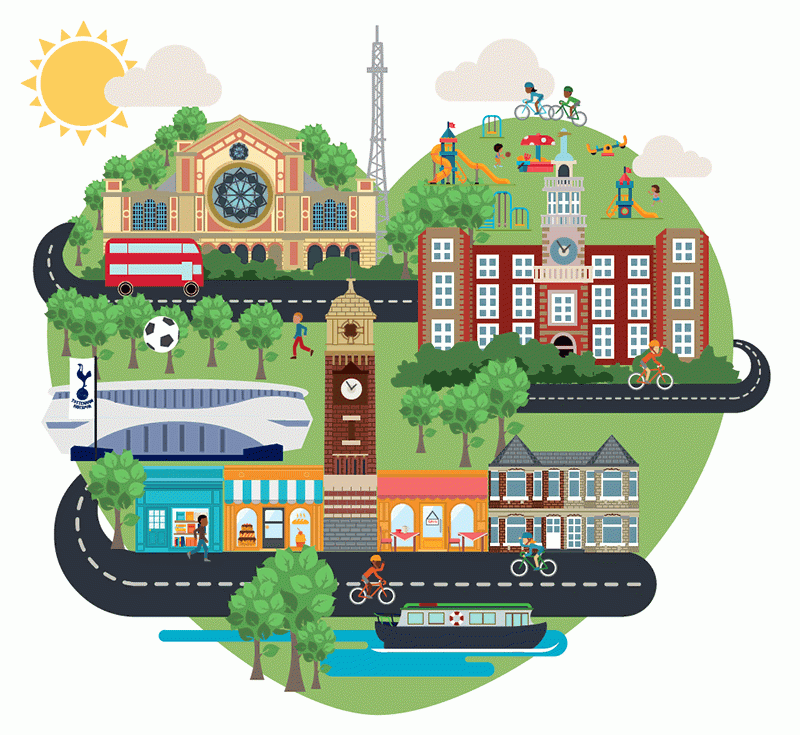By the Children and Young People’s Public Health Team, Haringey
We estimate that 5,038 children in Haringey have asthma. The incidence of asthma-related hospital admissions for children has been decreasing in the borough in recent years and is currently lower than both the London and England averages. Asthma is more prevalent within more deprived communities, and those living in more deprived areas, therefore we want to do as much as possible to address inequalities and wider determinants of health that are linked to asthma amongst children and young people.
In Haringey we are taking a whole systems approach to asthma management, including addressing environmental triggers, introducing a comprehensive education programme and promoting personalised care and effective preventative interventions to control and reduce the risk of asthma attacks in Haringey.
The picture in Haringey
Source: Hospital Episode Statistics (HES).
Definition: Emergency hospital admissions of children and young people aged under 19 years with primary diagnosis of either J45: Asthma or J46: Status asthmaticus.
What are the ‘wider determinants’ of health?
Wider determinants of health are a varied range of social, economic and environmental factors that impact on people’s health. The Marmot Review, published in 2010, raised the profile of wider determinants of health by emphasising the strong link between social inequalities and inequalities in health outcomes. Ten years on, a review in 2020 finds that almost all health inequalities in England have been increasing since 2010.
How are we addressing the wider determinants of health in Haringey?
Air Quality
Air quality has a direct impact on asthma. This is why we are working on a range of initiatives, which not only help us towards our climate change targets, but also improve air quality in the borough. You can visit Asthma + Lung UK for more information on understanding asthma, what the triggers are and what treatments are available.
Haringey has an ‘Air Quality Action Plan’
It outlines the action that we are taking to improve air quality in Haringey between 2019-2024. Click here to see the action plan.
Air Quality Monitoring
We monitor air quality by using monitoring stations (some of these are mobile and can be moved around). We use the readings to identify where air quality is poor.
School Streets
Many schools experience parking, traffic congestion and air quality issues immediately outside their school. Our School Streets programme aims to address these issues. A School Street is where a walk and cycle zone is created outside a school during drop-off and pick-up times. Only people walking and cycling, and those with vehicle permits are permitted to enter the zone.
The School Street creates a safer, more pleasant environment outside the school where children, parents and teachers can travel to school using active modes of travel without the air pollution caused by motor traffic. Click here to see the School Streets Plan. We currently have 25 school streets and aim to introduce more in the future.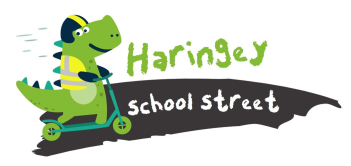 Low Traffic Neighbourhoods
Low Traffic Neighbourhoods
Low Traffic Neighbourhoods (LTNs) are residential areas where vehicles (except emergency vehicles) are prevented from passing. This is achieved by ‘filtering’ the key access points of certain streets using ANPR (Automatic Number Plate Recognition) cameras and planters so that people walking, cycling, or using a mobility scooter can still travel through.
Haringey has been divided into 25 LTN areas which is a starting point for exploring LTNs across the borough. Click here to see a map of LTNs in Haringey. LTNs contribute towards improving air quality by reducing motor traffic. This also helps to reduce noise pollution and road accidents.
Green Screens
A green screen enables vegetation to be introduced to places where other such green infrastructure is not possible, such as street furniture and underground services or where they would be restrictive to air flow. We have provided green screens to four schools in Haringey which are within Air Quality Management Areas. Green screens improve the playground air quality.
Education
Asthma education is a key part of dealing with asthma in Haringey. We work to educate parents, schools, children and the wider community about the causes of asthma, and how to manage asthma.
Asthma Friendly Schools
The Asthma Friendly Schools Programme sets out clear, effective partnership arrangements between health, education and local authorities for supporting children and young people with asthma at primary and secondary schools.
Schools allocate an Asthma Lead and Asthma Champion who attend a training session. The Asthma Lead then delivers the training to staff at their school. The whole school then carry out their Asthma Friendly Schools responsibilities and implement changes, with help from their School Nurse. The School Nurse conducts an audit annually, and schools then achieve their Asthma Friendly School status.
 Healthy London Partnership outlines standards and roles & responsibilities of schools in their London schools guide for the care of children and young people with asthma (April 2022). Click here to see the guide.
Healthy London Partnership outlines standards and roles & responsibilities of schools in their London schools guide for the care of children and young people with asthma (April 2022). Click here to see the guide.
Parks and green spaces
Leafy greenery improves air quality by absorbing some of the pollutants that can trigger asthma symptoms. Trees, shrubs and turf remove smoke, dust and other pollutants from the air. Over a lifetime of 100 years, one tree could absorb around a tonne of CO2. We are continually improving our green spaces in Haringey, especially in areas with high pollution levels. Haringey’s Parks & Green Spaces Strategy is ongoing to maximise green coverage in our borough.
Good parks and green spaces also encourage our residents to get out and be active, which is beneficial for health and for people living with asthma.
Green Flag Awards
All 22 of our council-run parks have Green Flag Awards. The Green Flag Award scheme recognises and rewards well managed parks and green spaces.
Tree planting
Haringey were one of the first UK councils to join the National Street Tree Sponsorship Scheme, Trees for Streets, which aims to plant thousands of trees in streets across the borough through sponsorship by local residents. Street trees are important because they improve air quality by acting like natural filters, capture carbon dioxide and produce oxygen, absorb air pollution and much more. For more information, click here.
The Rangemoor Open Space project is an example of transforming unused spaces into valued assets that are inclusive and accessible, to encourage more positive uses and address the health and wellbeing of residents and the community.
Healthy Weight
We are taking various measures to encourage children to get fit and healthy. Daily exercise helps to improve lung capacity, which is an indicator of the maximum amount of oxygen your body can use. Children with an unhealthy weight are more likely to develop asthma when compared to those with a healthy weight.
Haringey has initiatives in place such as The Healthy Schools Programme, TfL Stars Active Travel activities, The Daily Mile, bike-ability training, and more. Click here for more information about the Healthy Schools Programme.
School Superzones
We are setting up several ‘Superzones’ around our schools which aim to create healthier and safer places for children and young people to live, learn and play. Within each zone, we will be looking to reduce unhealthy food and drink, advertisements, alcohol, smoking and poor air quality. The zones cover a 400m area (roughly a 5–10-minute walk) and are designed to protect children’s health and encourage healthy behaviours in more deprived communities. Encouraging children to eat healthier food and reducing air pollution will help to reduce asthma in Haringey.
We hope that you’ve enjoyed reading this Haringey #AskAboutAsthma blog, and if you have any questions, just send an email to: publichealth@haringey.gov.uk and someone from the team will get back to you.
Visit the #AskAboutAsthma 2022 campaign page for more content.

